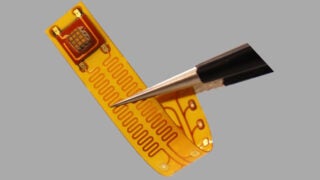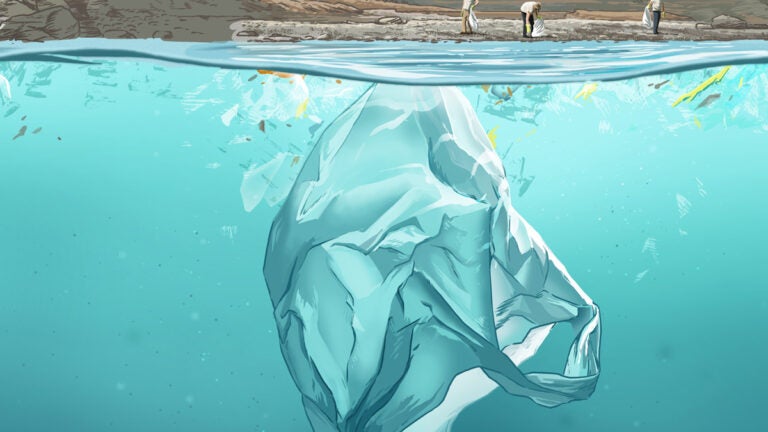
The Great Pacific Garbage Patch consists of 1.8 trillion pieces of plastic and has been the subject of scientific research since the 1970s. (Illustrations by Matt Twombly)
A Cure for Plastic Waste
At USC, researchers are turning plastic waste into materials we can use as medicine in the future.
Plastic pollution is one of the biggest environmental challenges of our lifetime, and it’s growing more severe. Recent discoveries show that microplastics are appearing in human blood, tap water and numerous forms of marine life.
While worldwide plastic production is estimated to reach 1.1 billion tons annually, less than 10% of plastics were recycled globally as of 2015. This has led to the exponential growth of the Great Pacific Garbage Patch, a roughly 600,000-square-mile collection of plastic debris floating in the ocean between Hawaii and California.
In response, USC researchers Clay C.C. Wang and Travis Williams are investigating ways to incentivize plastic collection and tackle the pollution accumulating off the Los Angeles coast.
Pairing their respective skills in natural-product biosynthesis and catalytic chemistry, Wang and Williams are testing methods to take debris ranging from microplastics (less than half a centimeter in diameter) to megaplastics (more than 50 centimeters in diameter) and converting it into valuable products.
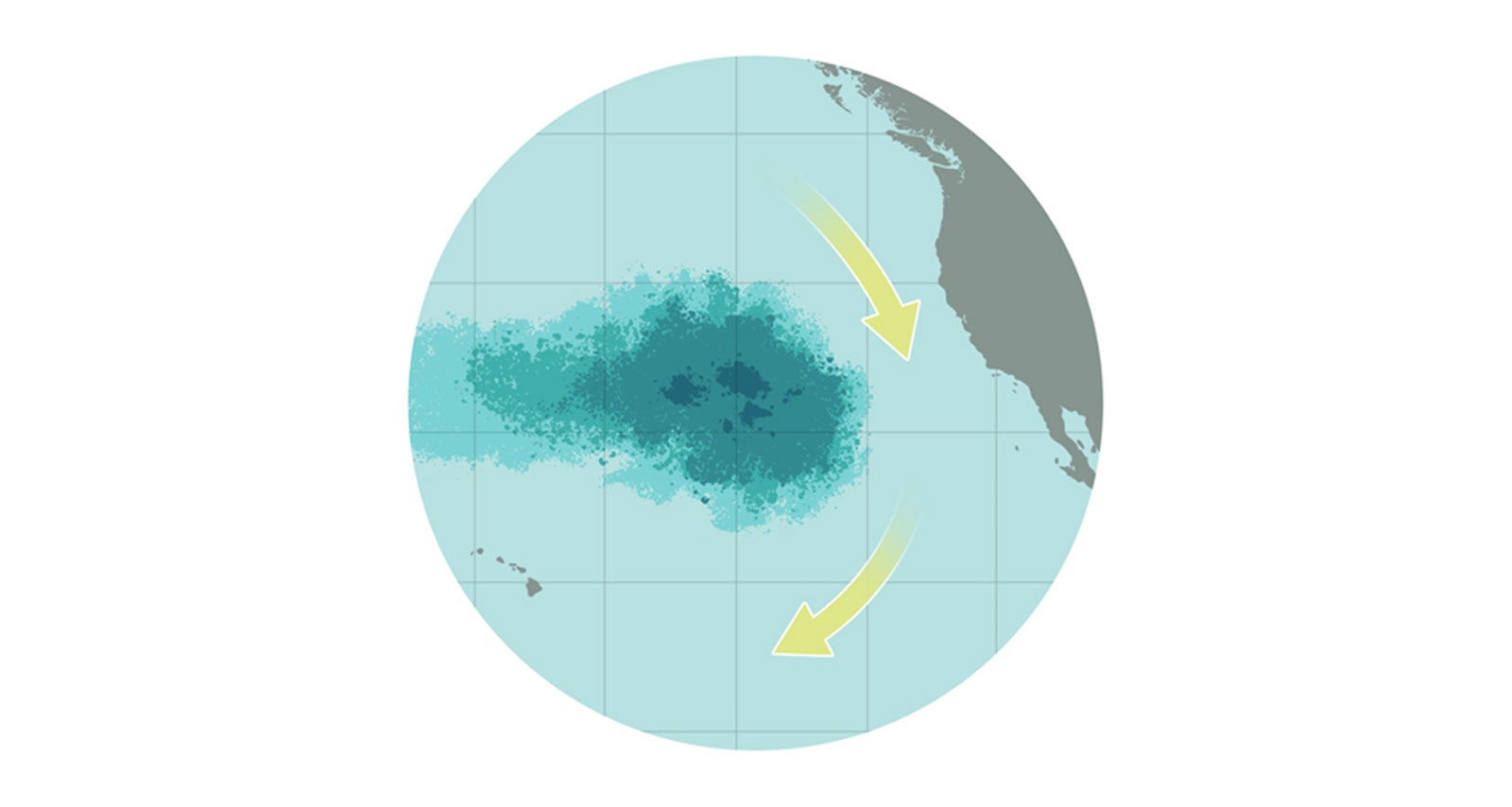
Step 1
At Catalina Island: Collecting Plastic
Wang and Williams work with USC students and local groups to collect plastics from the Great Pacific Garbage Patch that have accumulated in Catalina Harbor. Its unique geography captures debris, including plastic bottles, milk jugs and carryout containers — some more than 50 years old.
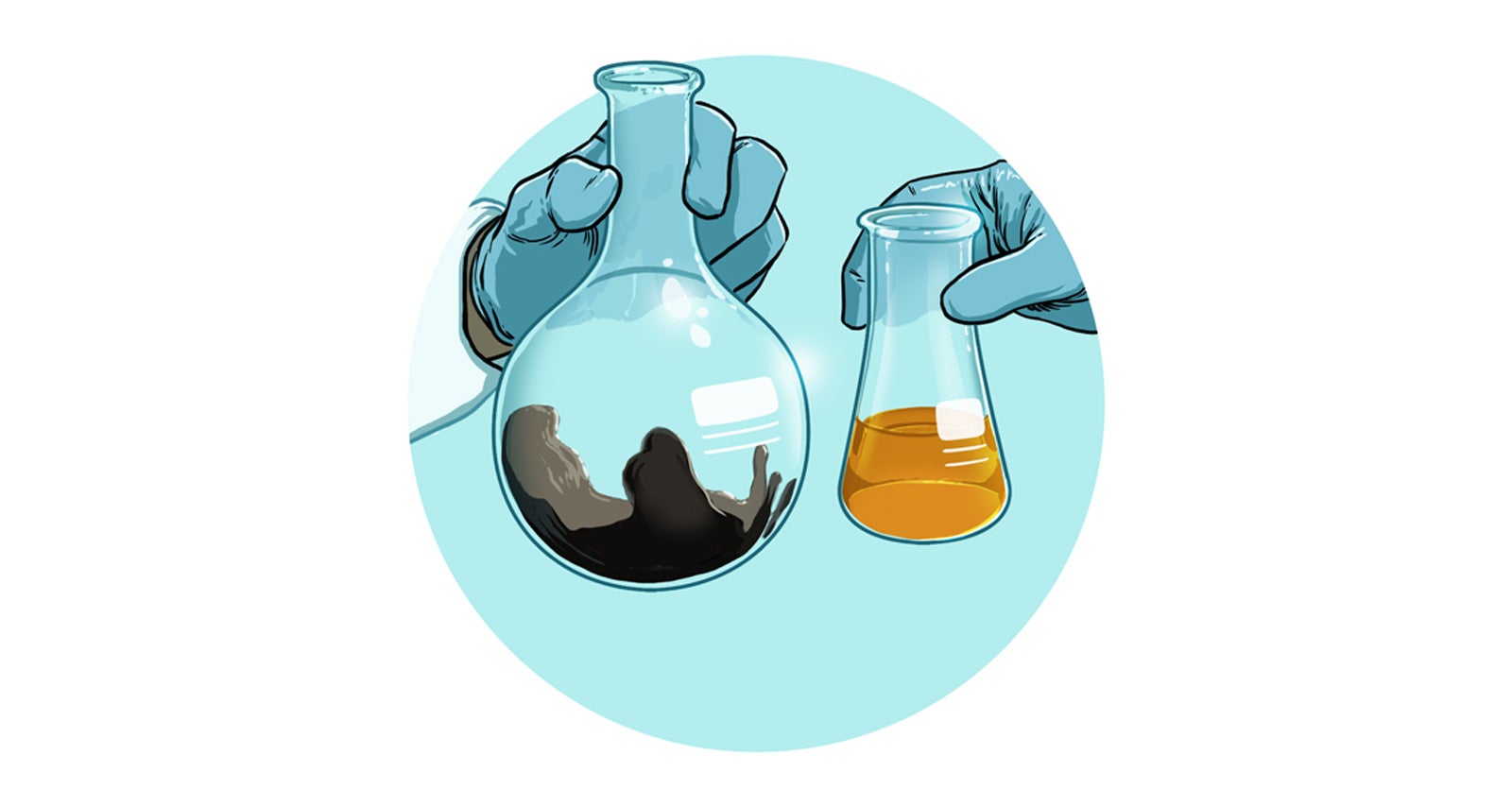
Step 2
At USC’s University Park Campus: Catalytic Conversion
The collected plastic is brought to the Travis J. Williams Research Group labs at USC, where Williams’ team uses catalysis to break down the items into intermediate substances, or substrates, that can then be upgraded into valuable byproducts.
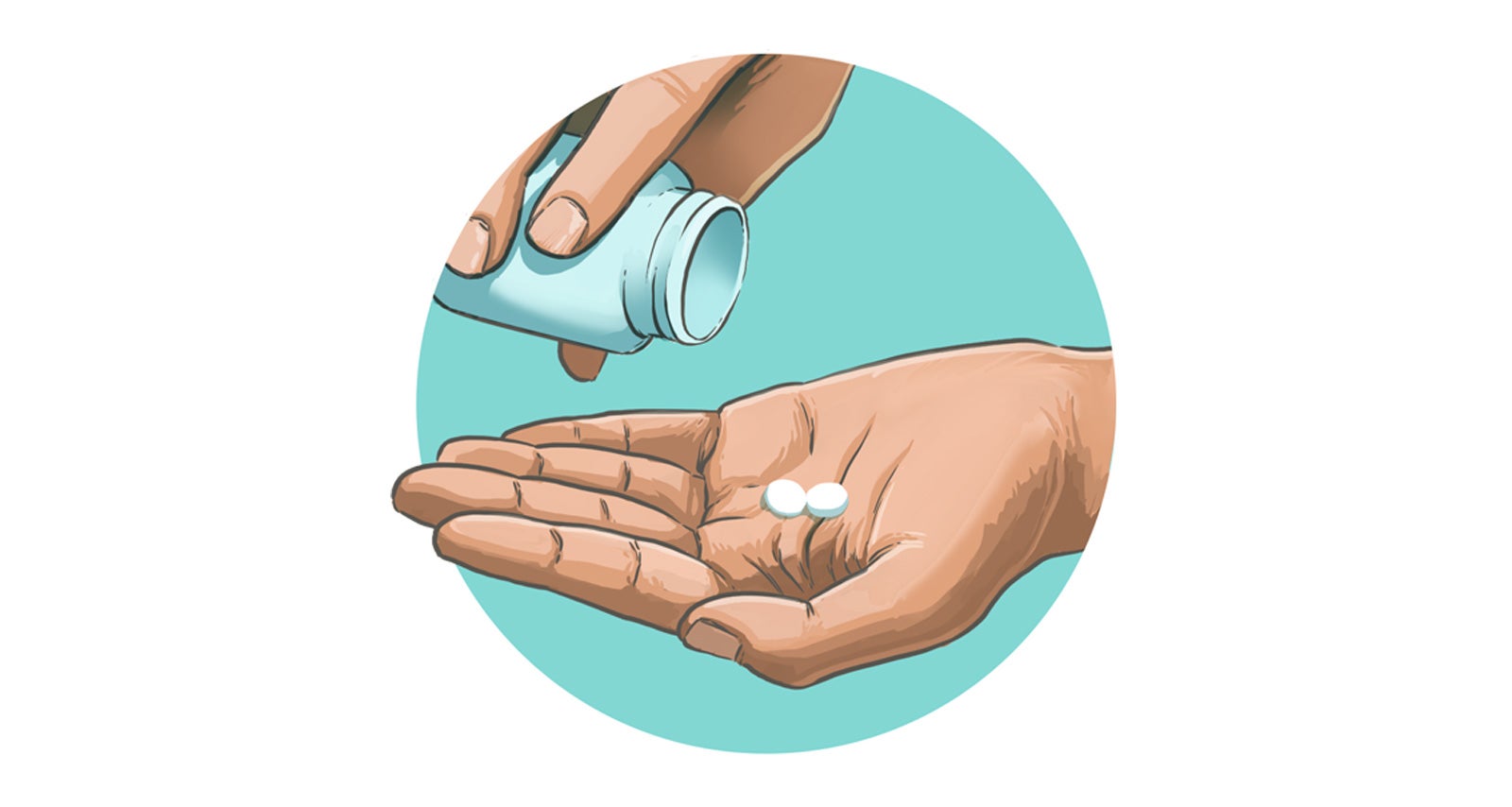
Step 3
At USC’s Health Sciences Campus: Fungus Conversion
The substrates generated in the catalytic process are then taken to Clay Wang’s lab at the Health Sciences Campus. To convert the plastic substrates, Wang employs specifically engineered strains of the fungus Aspergillus nidulans to create complex molecules that can one day serve as platforms for the synthesis of pharmaceutical drugs.


